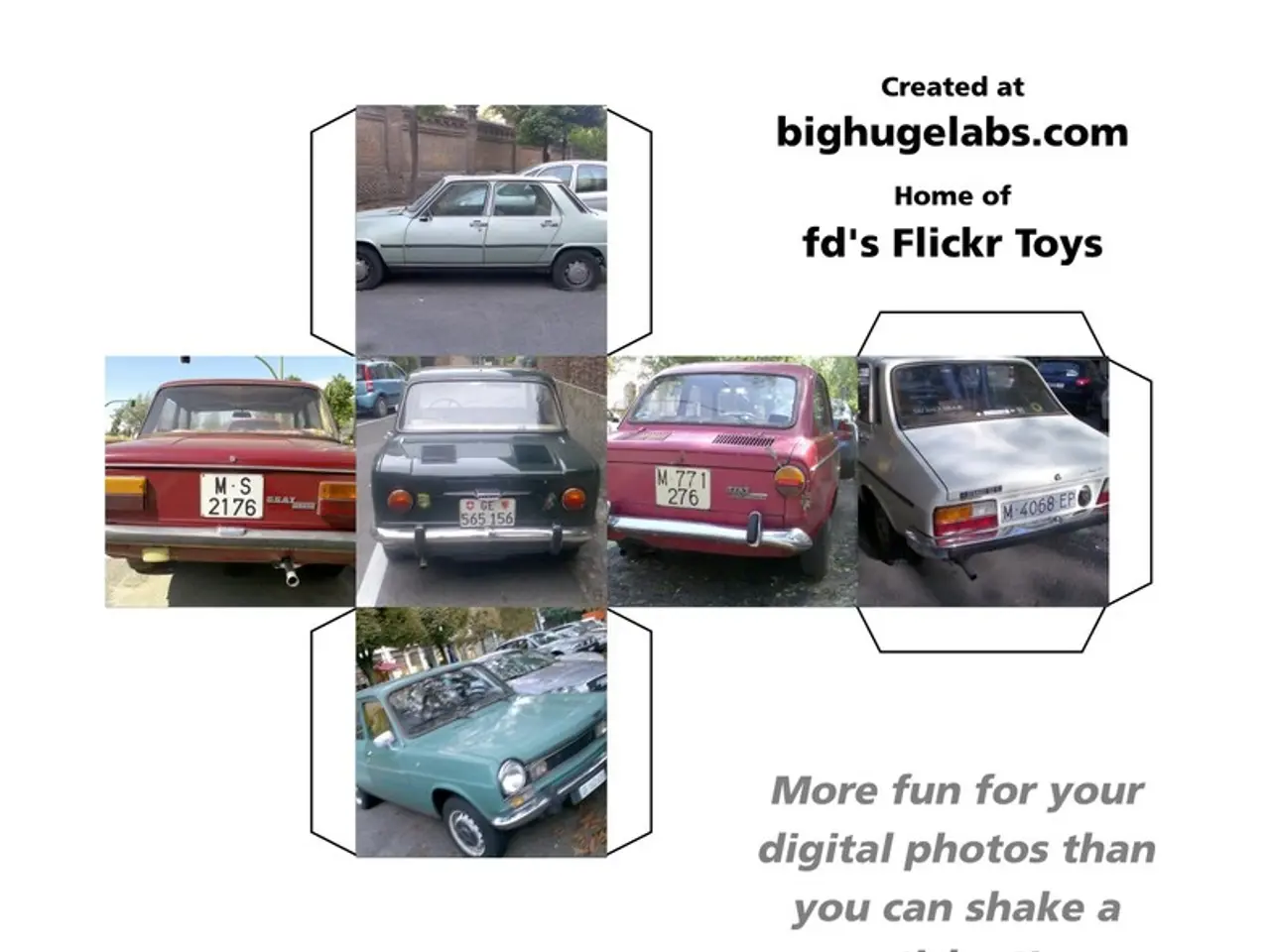Cybercriminals Target Transportation Infrastructure: Modern Trucking Technology Faces Growing Cybersecurity Risks
The intersection of cutting-edge technology and trucking logistics presents a critical juncture, as the industry strives to ensure the safety and reliability of services on a fundamental level. With the road ahead demanding vigilance, cooperation, and innovation, trucking companies are addressing cybersecurity concerns in the digital revolution.
The pressing need for robust cybersecurity measures cannot be overemphasized, as cyber threats show no signs of slowing. Partnerships between technology providers, logistics firms, and cybersecurity experts are vital in developing resilient systems. Regulatory bodies and policy-makers are urged to establish stringent cybersecurity standards tailored to the unique needs of the trucking industry.
One key approach is the use of digital logistics platforms. These platforms provide end-to-end encryption, advanced access controls, regular security updates, and integration with cybersecurity tools to protect sensitive transportation and warehouse data.
Another approach is the adoption of digital twin technology in logistics. This technology creates virtual replicas of assets and operations, allowing for simulation and optimization. However, it also exposes new cybersecurity risks that companies must manage carefully through strong security measures around these ecosystems.
Recognizing that trucking increasingly relies on connected industrial devices and cloud platforms, companies are integrating IT and OT security strategies. This harmonizes operational efficiency with cybersecurity by managing Internet of Things (IoT) and Industrial IoT (IIoT) risks, applying multi-layered defense, and controlling data integrity across connected devices.
As trucking shifts from manual to digital workflows, real-time data protection and visibility become paramount. Secure data exchanges between shippers, carriers, and third-party logistics providers, often facilitated by APIs and digital freight platforms, are essential.
Finally, companies are implementing emerging cybersecurity frameworks like ISO 27001 and NIST Cybersecurity Framework. These frameworks incorporate cyber-physical security to address combined digital and physical threats, which are increasingly relevant in the distributed operational environment of trucking.
In conclusion, trucking companies are enhancing their cybersecurity posture by combining digital innovation with comprehensive, evolving security protocols designed to protect their digital assets, operational systems, and data in the expanding landscape of connected logistics ecosystems. The hope lies in continued advancements in cybersecurity, ensuring that the highways of tomorrow are not only fast and efficient but also secure.
- To combat the persistent threat of cyber attacks, partnerships between technology providers, cybersecurity experts, and logistics firms are essential in developing resilient systems.
- Companies in the trucking industry are increasingly relying on end-to-end encryption, advanced access controls, and regular security updates provided by digital logistics platforms to protect their sensitive data.
- As the trucking industry adopts digital twin technology, they must manage new cybersecurity risks by implementing strong security measures around these virtual ecosystems.
- To harmonize operational efficiency with cybersecurity, trucking companies are integrating IT and OT security strategies, managing IoT and IIoT risks, and ensuring data integrity across connected devices.




